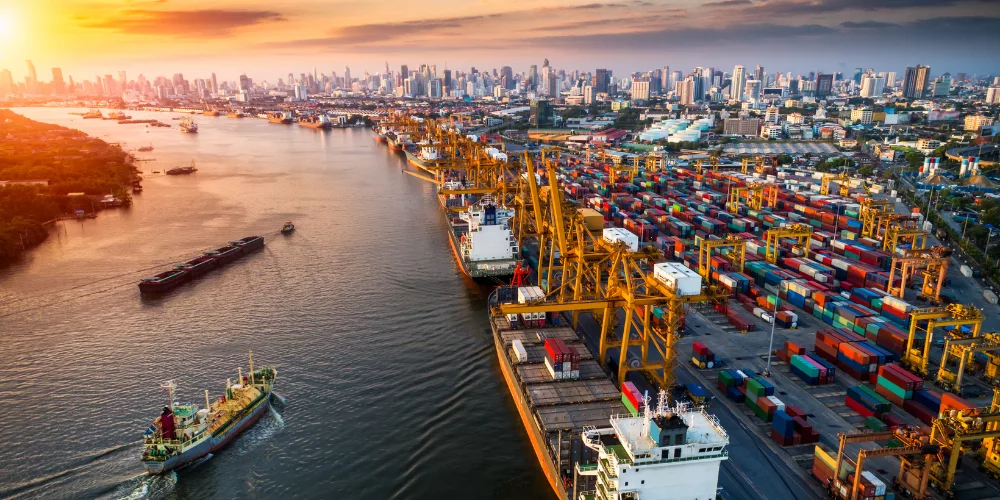In recent years, global supply chains have faced unprecedented challenges. From the COVID-19 pandemic and geopolitical tensions to natural disasters and trade policy shifts. These disruptions have exposed vulnerabilities in traditional supply chain models. Prompting businesses to adopt innovative strategies to enhance resilience and adaptability.
The Impact of Global Disruptions
The COVID-19 pandemic highlighted the fragility of global supply chains, with lockdowns and restrictions leading to significant delays and shortages. Geopolitical events, such as trade tensions and tariffs, have further complicated international trade dynamics. For instance, recent tariff increases on Chinese imports to the US have led fashion brands to face rising costs and supply chain disruptions. In response, companies are leveraging artificial intelligence (AI) to mitigate these challenges by providing predictive analytics, inventory management, and logistics optimization. AI enables brands to simulate financial impacts, adjust forecasts, find new suppliers, and anticipate cost fluctuations. Thereby maintaining agility amid trade disruptions and protecting margins.

Strategies for Building Resilient Supply Chains
To navigate these challenges, companies are implementing several key strategies:
- Diversifying Suppliers and Markets: Relying on a single supplier or market increases vulnerability. By diversifying, businesses can mitigate risks associated with regional disruptions.
- Investing in Technology: Advanced technologies, such as AI and machine learning, provide real-time insights into supply chain operations. Enabling proactive responses to potential disruptions. For example, AI-driven strategies help optimize inventory placement, navigate customs compliance, and suggest alternative sourcing to avoid tariffs.
- Nearshoring and Localizing Production: Bringing production closer to primary markets reduces dependency on distant suppliers and shortens delivery times. Reckitt Benckiser’s investment in U.S. manufacturing capabilities exemplifies this approach, allowing for a swifter response to demand fluctuations.
- Enhancing Supply Chain Visibility: Utilizing digital tools to monitor every stage of the supply chain ensures transparency and allows for quick identification and resolution of issues.
- Collaborative Partnerships: Building strong relationships with suppliers and logistics partners fosters collaboration and flexibility, essential during unforeseen events.
The Role of Leadership in Supply Chain Management
Effective leadership is crucial in guiding organizations through supply chain challenges. International supply chain managers have been pivotal in sustaining global trade despite challenges posed by the pandemic, geopolitical tensions, and other disruptions. These experts ensured that companies navigated obstacles like the Suez Canal blockage, COVID-19 impacts, and the Ukraine war by adapting their supply chain strategies. For instance, Ikea’s strategy of holding higher inventory and maintaining long-term supplier contracts helped stabilize its operations during such disruptions.
The landscape of global supply chains is continually evolving, influenced by a myriad of factors. Businesses that proactively adopt resilient and adaptable strategies are better positioned to navigate these complexities. By embracing technological advancements, diversifying operations, and fostering strong partnerships, companies can not only withstand global disruptions but also thrive in an unpredictable environment.

